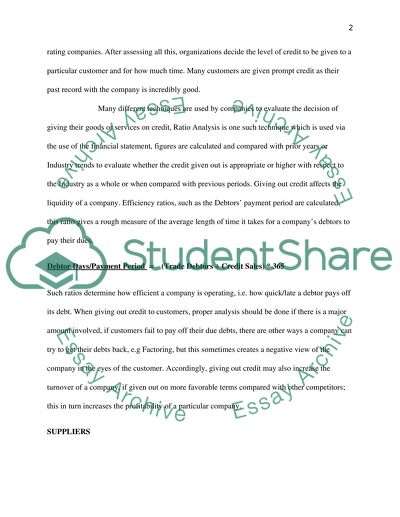Cite this document
(Financial Statements Should Be Properly Composed and Interpreted Term Paper - 1, n.d.)
Financial Statements Should Be Properly Composed and Interpreted Term Paper - 1. Retrieved from https://studentshare.org/finance-accounting/1561699-financial-reportingstatements
Financial Statements Should Be Properly Composed and Interpreted Term Paper - 1. Retrieved from https://studentshare.org/finance-accounting/1561699-financial-reportingstatements
(Financial Statements Should Be Properly Composed and Interpreted Term Paper - 1)
Financial Statements Should Be Properly Composed and Interpreted Term Paper - 1. https://studentshare.org/finance-accounting/1561699-financial-reportingstatements.
Financial Statements Should Be Properly Composed and Interpreted Term Paper - 1. https://studentshare.org/finance-accounting/1561699-financial-reportingstatements.
“Financial Statements Should Be Properly Composed and Interpreted Term Paper - 1”, n.d. https://studentshare.org/finance-accounting/1561699-financial-reportingstatements.


